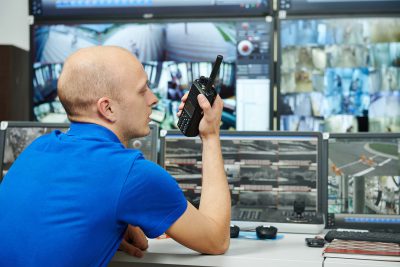
Tucked away in the corner of a bustling Christmas market is one of fifteen, non-descript little grey boxes. Like most IT equipment it’s pretty drab on the outside, the clever bit is hiding inside. We call it an EMU – an Etherlive Monitoring Unit – and it is in effect part of the emerging world of the ‘internet of things’ but with an events twist.
The EMU only measures 4cm x 6cm x 3cm but inside it is packed with an array of features. At the Christmas market it is busy monitoring the power being delivered from the generators, tracking the voltage, frequency and, critically, the amount of run-time available from the uninterruptible power supply if the generator should fail for any reason. It monitors this information in real-time and relays it back across the on-site network to the central management system. If a problem is detected the system generates alerts, sending out emails and SMS messages to key contacts as well as displaying information on a management console.
It can even assist with detecting wiring issues, noticing for example when a fault causes a floating neutral situation which results in dangerously high voltages being delivered to power outlets, protecting both equipment from damage and people from potential injury.
With real-time monitoring of power the risk of outages in systems which rely on power, such as the core IT infrastructure delivering phones, CCTV, ticket scanning and payment systems, can be minimised, which is critical on a busy event site.
The EMU though can do a lot more than just watch the power, it is a general-purpose monitoring tool capable of taking inputs from a range of sensors – these can be heat, smoke, fluid, sound, light or in fact pretty much anything that can be monitored via a sensor capable of producing an analogue or digital output. The fact that when the EMU powers up it connects to the site network, identifies its location and checks into the central management system, makes it simple to deploy.
Increasingly we are deploying EMUs across event sites as part of our ‘Intelligent Event’ strategy combined with other data sources such as CCTV, mobile device heat mapping, access control, crowd analytics and even social media data. As the number of data sources increases a detailed real-time picture of the event can be seen in event control speeding up decision making and enabling pro-active management of aspects such as water reserves, fuel levels and area capacities. The intelligent event system can also help identify cost savings and optimisation opportunities on site.
The ‘internet of things’ can sometimes be seen as marketing hype but go beyond the fluff and with the right components and approach, it can help solve real problems very effectively.


